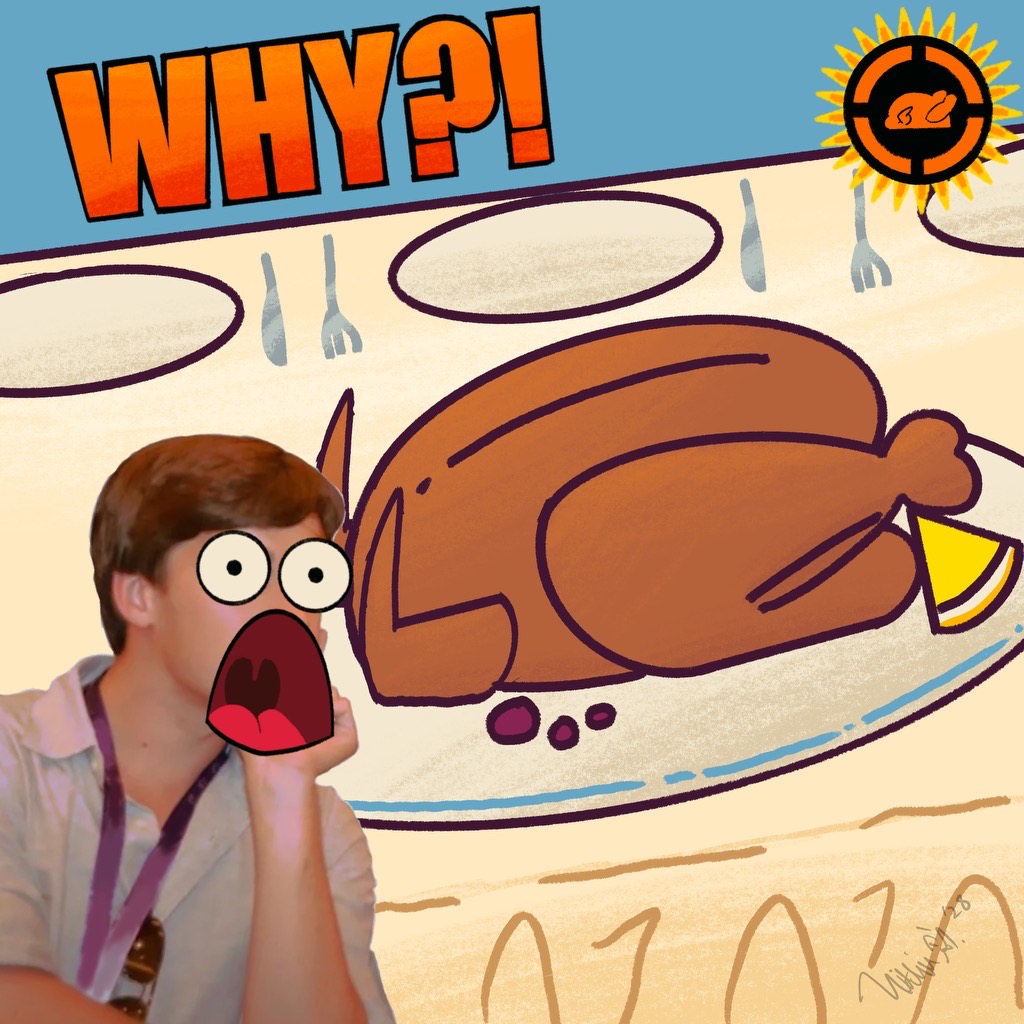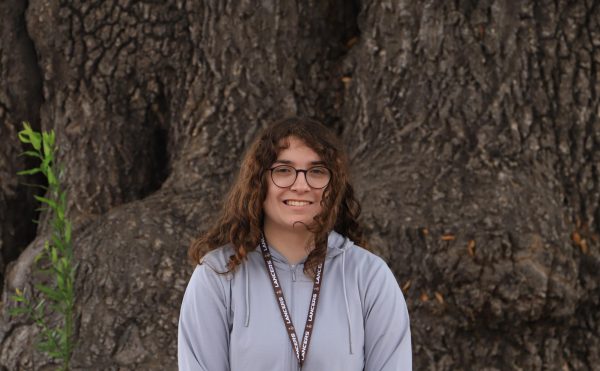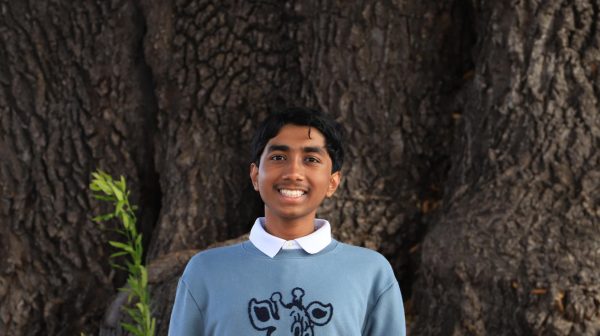When we hear Thanksgiving, our mind undoubtedly goes to the trademark noisy birds with a vibrant red neck. Turkey has become so synonymous with Thanksgiving that we rarely think about where the tradition came from.
Most American schoolchildren learn about the fictitious feast shared between Native Americans and the Pilgrims of Plymouth colony. They see it as a joyous celebration filled with amazing dishes, including the centerpiece: a large turkey.
Besides the fact that the relations between the Indigenous people and the colonizers would become anything but joyous, another aspect is wrong with this idea of the first Thanksgiving: there is actually little to no evidence that the colonies consumed turkey at their celebrations. Although turkeys are native to the Americas, there are only records that the British brought “fowl” to their feasts. This could have been referring to turkey, but many historians believe that it is referring instead to ducks or geese. Then, how did this hearty bird become tradition? The answer is media.
Sarah Josepha Hale, the author of the widely known nursery rhyme “Mary Had a Little Lamb,” is to be credited for making Thanksgiving a holiday in the first place. With the nation teetering on the Civil War, Hale thought that a holiday dedicated to coming together would be of great use to the divided nation. She campaigned for the creation of Thanksgiving by writing letters to Congress and publishing editorials in her magazine about how this day of thanks could help ease tensions in the country.
Her wish was granted on October 3, 1863, when President Abraham Lincoln declared the last Thursday of November as “a day of thanksgiving.” As for the turkey, Hale was also responsible for popularizing it. In her novel Northwood, published in 1827, she dedicated a whole chapter to describing a New England thanksgiving, with a roasted turkey as the main attraction.
Furthermore, Norman Rockwell, an American painter and illustrator famous for his work’s reflection of the country’s culture, created one piece with turkey at its center. Freedom from Want, part of a collection of paintings inspired by President Franklin Roosevelt’s listing of basic freedoms, shows multiple generations of a family joyfully looking at each other as a massive turkey is placed on the table. Created right when America joined World War II, the artwork’s reminder of coming together and giving thanks was quite similar to Hale’s motive for establishing the holiday.
While Thanksgiving is a time to come together with family or friends, it is also important to remember that those who started the tradition were colonizers who settled on the Indigenous people’s land. It is crucial to recognize that the European colonizers subjected the native people to terrible atrocities and pain.
However, this does not mean that Thanksgiving should not be celebrated. People can bring in their own cultural side—or main—dishes to spice up the celebration and give thanks. After all, Thanksgiving is supposed to be about coming together to share a meal in gratitude, and although it has historical significance, turkey is not the only option.






































































